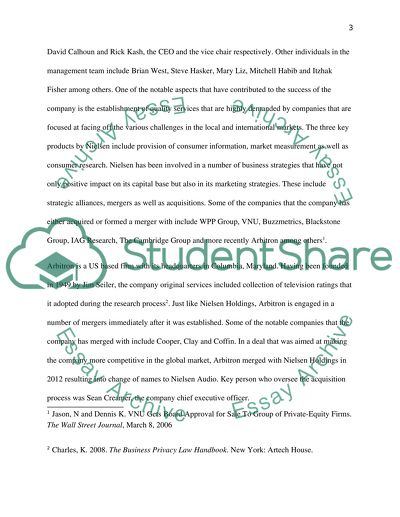Cite this document
(“Federal Trade Commission and Merger - Arbitron, Nielsen Research Paper”, n.d.)
Federal Trade Commission and Merger - Arbitron, Nielsen Research Paper. Retrieved from https://studentshare.org/law/1493079-federal-trade-commission-and-merger-arbitron
Federal Trade Commission and Merger - Arbitron, Nielsen Research Paper. Retrieved from https://studentshare.org/law/1493079-federal-trade-commission-and-merger-arbitron
(Federal Trade Commission and Merger - Arbitron, Nielsen Research Paper)
Federal Trade Commission and Merger - Arbitron, Nielsen Research Paper. https://studentshare.org/law/1493079-federal-trade-commission-and-merger-arbitron.
Federal Trade Commission and Merger - Arbitron, Nielsen Research Paper. https://studentshare.org/law/1493079-federal-trade-commission-and-merger-arbitron.
“Federal Trade Commission and Merger - Arbitron, Nielsen Research Paper”, n.d. https://studentshare.org/law/1493079-federal-trade-commission-and-merger-arbitron.


